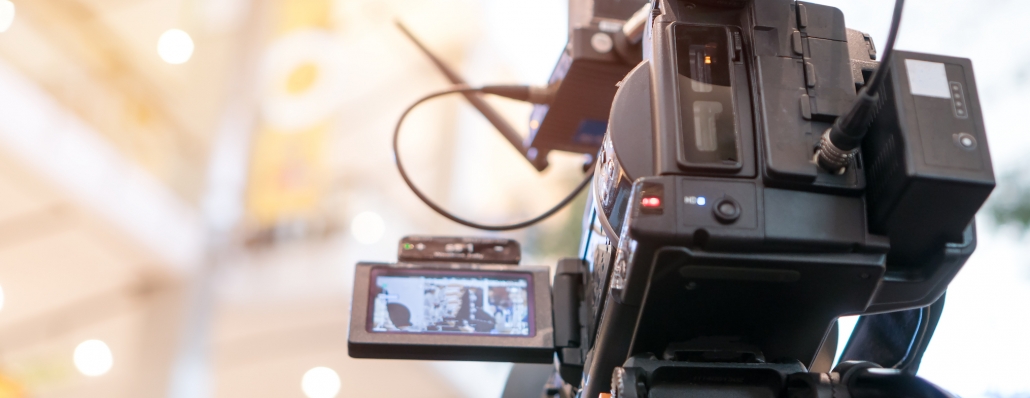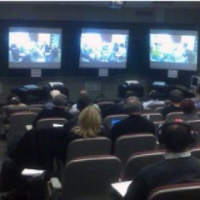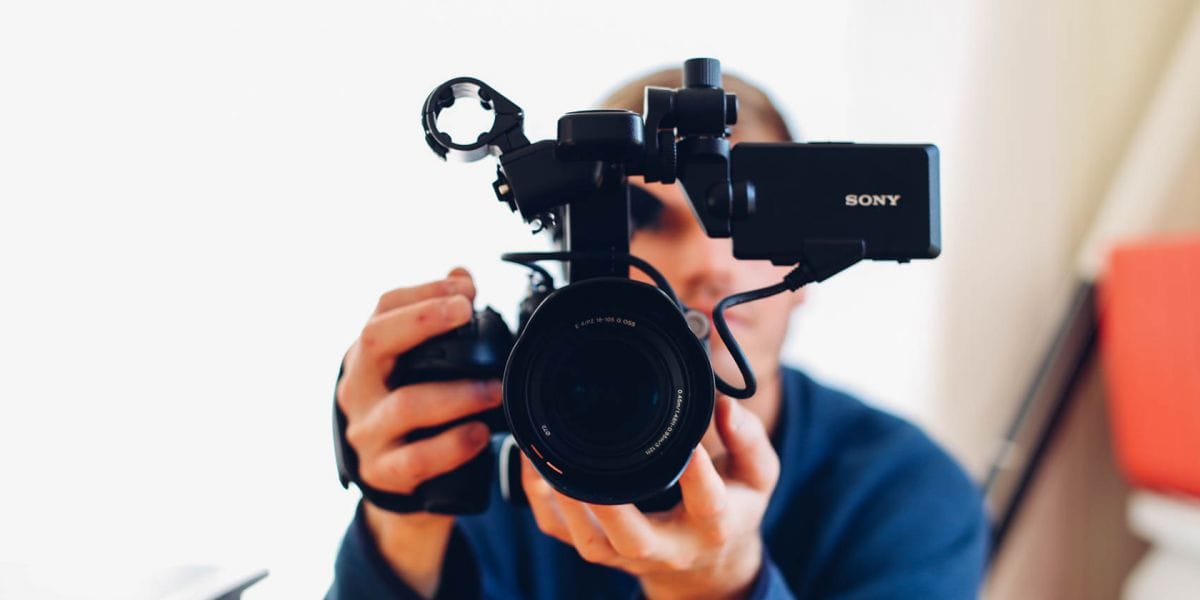Legal Videography: A Powerful Tool for Ensuring Courtroom Transparency
Legal Videography: A Powerful Tool for Ensuring Courtroom Transparency
Blog Article
Why Legal Videography Is Vital for Accurate Court Recordings
The role of lawful videography in courtroom settings can not be overstated, as it serves as a vital tool for preserving the integrity of court records. The effects of incorporating lawful videography into typical court room techniques elevate vital inquiries about its more comprehensive impact on the legal system.
Relevance of Visual Evidence
In the realm of lawful proceedings, the importance of visual evidence can not be overstated. Visual proof works as an effective device in developing facts, supporting testaments, and enhancing the total clearness of an instance. This type of evidence, which includes photographs, video clips, and representations, can offer a tangible context that spoken descriptions often do not have, thereby offering juries and judges a more clear understanding of the scenarios surrounding a situation.
Moreover, visual evidence aids in the retention of information. Human cognition is naturally aesthetic, and people are most likely to keep in mind and comprehend info presented in a visual style. In the court room, this can be important, as compelling aesthetic evidence can sway viewpoints and strengthen the story offered by legal reps.
Additionally, using aesthetic evidence can reduce misunderstandings and obscurities that usually arise from spoken exchanges. By providing a straight depiction of occasions, aesthetic proof assists to remove subjective interpretations and cultivates an extra objective exam of the realities. The integration of aesthetic evidence into legal process not only strengthens the integrity of the judicial procedure yet also improves the likelihood of achieving a simply result.
Catching Non-Verbal Hints
Making use of advanced videography techniques can dramatically improve the capture of non-verbal cues during legal process. Non-verbal interaction, consisting of facial expressions, body language, and eye call, plays a critical role in conveying feelings and intents that may not be clearly specified in spoken testimony. legal videography. Lawful videography employs high-definition electronic cameras and critical angles to make sure that these subtle cues are taped with clarity and accuracy
The ability to examine non-verbal behavior can supply beneficial context to statements made during court sessions. For example, a witness's unwillingness or confidence can be translated with their stance or motions, possibly affecting the court's perception of reliability. Moreover, the usage of close-up shots can assist concentrate on an audio speaker's expressions, permitting a more nuanced understanding of the testimony.
Additionally, integrating several electronic camera angles can produce an extensive view of communications, highlighting characteristics in between events involved. This complex approach not just boosts the precision of the court record yet additionally aids in maintaining the integrity of the judicial procedure - legal videography. Inevitably, capturing non-verbal hints with legal videography cultivates a richer, extra full depiction of court room proceedings

Enhancing Testimony Reliability
The reliability of testimony can be substantially reinforced through making use of premium legal videography. Video recordings offer as an objective tool that catches not only the talked words of witnesses but additionally the subtleties of their shipment, consisting of tone, pacing, and emotional expressiveness. This complex documents provides a clearer understanding of the why not try this out witness's reputation and intents, which can be critical in lawful procedures.
In addition, lawful videography decreases the potential for false impressions that may develop from created records alone. When jurors can observe a witness's attitude and body language in conjunction with their testimony, they are better outfitted to assess the credibility and dependability of the proof presented. This visual context can enhance the testimonial story, making it much more engaging and reliable.
In addition, the visibility of a video recording can hinder possible variances in testament. Witnesses may be much more cautious in their declarations when they recognize they are being taped, causing more accurate and honest accounts. In general, high-grade legal videography enhances the honesty of testament, ensuring that the court has access to a complete and sincere representation of the facts as communicated by the witnesses.
Supporting Appeals and Reviews
Legal videography plays an important role in sustaining charms and reviews by providing an extensive aesthetic document of courtroom procedures. This aesthetic documentation captures not just the spoken words of witnesses and attorneys yet also the nuances of body language, intonation, and court dynamics. Such elements can be pivotal in understanding the context of testaments and arguments provided.
In the appellate procedure, where the emphasis is on mistakes of regulation and step-by-step fairness, a video document can work as an important device for appellate courts. It allows courts to assess the initial test context, making certain that choices are based upon a complete understanding of the procedures. The capability to visually examine the temperament of witnesses or the communications between events can expose understandings that composed records may forget.

Additionally, lawful videography can assist in clarifying obscurities in testimonies or step-by-step rulings, thus enhancing the basis for a charm. By providing a trustworthy, unbiased account of what transpired in court, lawful videography not official website only supports the integrity of the legal process yet additionally empowers all parties included to make enlightened choices regarding their situations.
Enhancing Court Room Procedures
Enhancing courtroom performance, legal videography streamlines processes by giving instant accessibility to visual records of proceedings. This modern technology permits judges, attorneys, and courts to review vital testimony and proof, guaranteeing that all events have a clear understanding of the instance. By catching the nuances of spoken and non-verbal interaction, videography improves the record, making it easier to comprehend the context and weight of testimonies.

In addition, video clip recordings can help with remote participation in hearings, permitting better versatility in scheduling and participation, which is particularly important in intricate cases including numerous stakeholders.
Conclusion
Finally, legal videography plays a crucial function in ensuring precise court recordings by giving vital aesthetic proof that captures both spoken and non-verbal communication. This method improves the reliability of testaments, sustains appellate evaluations, and improves court room procedures. By fostering a thorough understanding of courtroom dynamics, legal videography inevitably contributes to a lot more fair judicial outcomes, strengthening the stability of the lawful system and facilitating informed decision-making.
Report this page